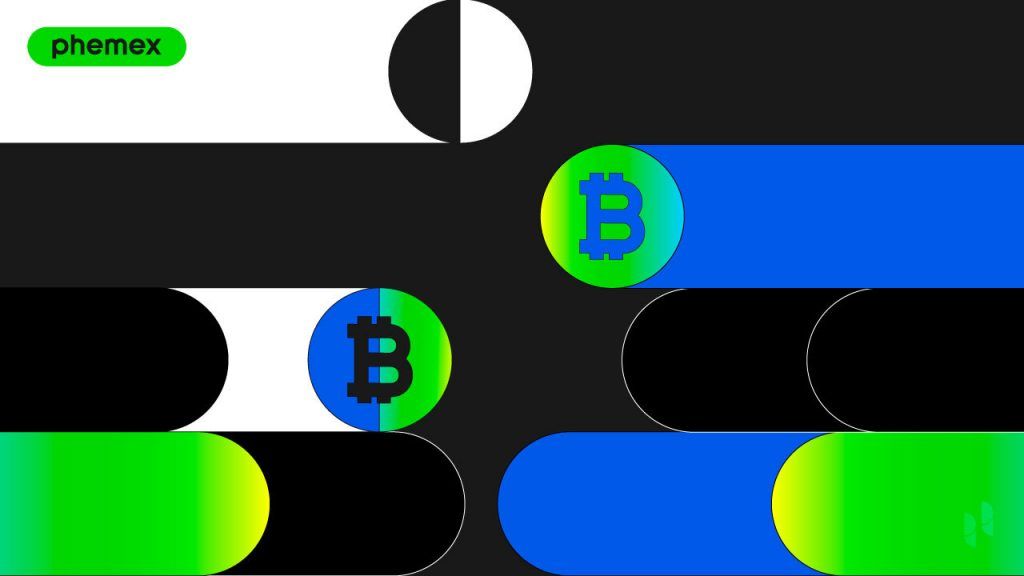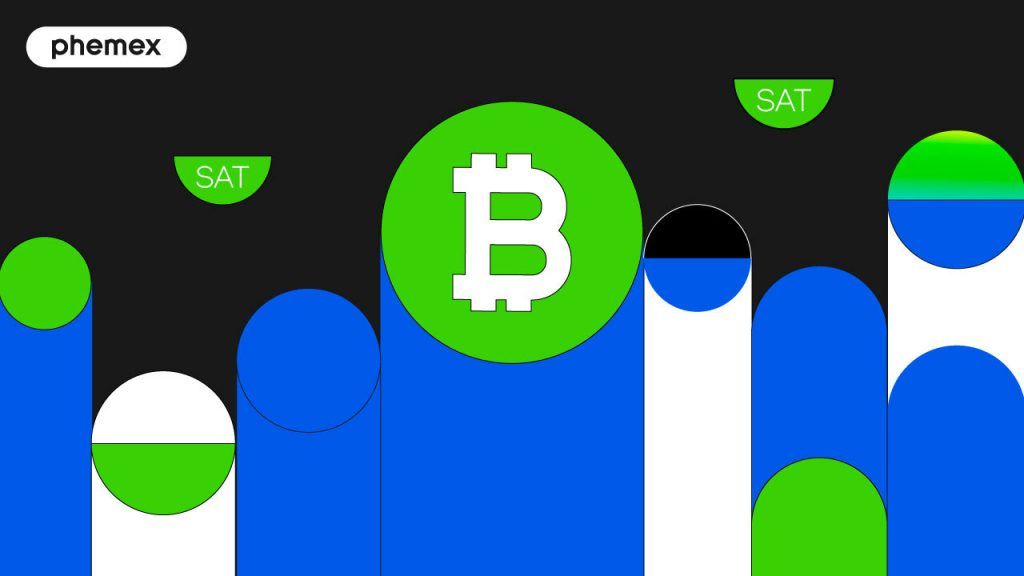What Is the Supply of Bitcoin?
Bitcoin’s virtue as a store of value lies in its capped supply at 21 million BTC. Its position as a store of value coupled with how miners’ block rewards are halved after a particular amount of time has helped its price tremendously. The next halving in 2024 would make Bitcoin scarcer than gold. When all 21 million Bitcoin is created, Bitcoin will achieve absolute scarcity similar to the typical stores of value such as gold and fine art. As of now, around 18.5 million Bitcoins have been mined.
Why is there a demand for Bitcoin?
Miners earn incentives from mining the blocks of verified transactions, whereas Bitcoin owners benefit from increased Bitcoin prices. Back in 2009, the Bitcoin price suffered high volatility as a near-valueless currency. However, throughout years of development, the value exceeded $19,000 in 2017. After that, Bitcoin lost 76% of its market value but bounced back after, reaching the $30,000 mark in 2020.

Bitcoin encourages early adoption because it is coded to produce only 21 million Bitcoins. The nodes on the network enforce the supply limit encoded in Bitcoin’s source code. Therefore, Bitcoin’s core value proposition resides within its code, making it a scarce resource because it is very difficult to increase its supply.
Bitcoin’s decentralized governance model also prevents other individuals from controlling the network. Besides, the incentive system and governance model protect Bitcoin’s hard cap against changes. For example, miners, specifically, are strongly incentivized not to make changes to Bitcoin’s existing hard cap. Theoretically, miners can change the hard cap (as Bitcoin is just code), but the consequences would be catastrophic. People would lose trust in the Bitcoin network, which would cause Bitcoin prices to crash irreversibly. As a result, miners’ losses in fiat terms would have exceeded the revenue in Bitcoin terms because almost all miners pay their costs in fiat. The costs include equipment costs, salary, energy bills to maintain the Bitcoin network.
Bitcoin halving is also another factor that helps Bitcoin retain value by making Bitcoin production lengthier. The halving of the block rewards doubles the costs for miners, which will be transferred to the end-user when the selling price is adjusted. Once the Bitcoin supply has reached 21 million tokens in circulation, Bitcoin’s price will no longer be affected. Instead, Bitcoin will be valued for its utility, such as if it is widely accepted as payment. At the current supply, it is estimated that the last Bitcoin will be created around the year 2140.
What Are the demand and supply factors for Cryptocurrency?
There are two factors that affect Bitcoin supply, the halving of block rewards and the hard cap. Details of the two factors are as follows:
- Halving of the block rewards: The halving of block rewards is another protocol that slowed Bitcoin’ scirculation, causing its growth rate to reduce from 6.9% to 4.0% in around two years. The slowed circulation has allowed demand to exceed the supply. As a result, prices tend to increase significantly after halving.
- Hard cap: The number of Bitcoin to ever exist will be decided by its system, ultimately affecting supply. When Bitcoin reaches 21 million, mining activities will no longer continue because no new Bitcoin will be created. As of September 2021, Bitcoin supply has reached over 18.8 million, amounting to 89.5% of the available Bitcoin supply.
What Is the Outlook for Bitcoin Supply?
The Bitcoin supply is currently around 18.8 million, with its maximum supply capped at 21 million coins. Though, the actual Bitcoin available for trade is much lower. An expert claims that three million of Bitcoin, which takes up around 16% of the circulating supply could be gone because of the users that lost their private keys and hard drives. Besides, the founder of Bitcoin has also not touched the 1.125 million Bitcoin (BTC) he mined to this day. Conceptually, this takes another 6% off the available supply of Bitcoin.

Proportion of Bitcoin liquid supply (Source: Glassnode)
The figure above demonstrates the state of Bitcoin’s liquidity in the market. The state of Bitcoin is categorized into illiquid, highly liquid, and liquid. The blue area represents illiquid Bitcoin (14.5 million). The highly liquid BTC available is only three million. Furthermore, liquid Bitcoin is 1.2 million. Conclusively, the circulating Bitcoin supply that is no longer liquid is around 78%. There are only 4.2 million BTC (22%) currently in circulation and available for trading. For over a year, the trend of illiquidity has prevailed, indicating that a significant amount of illiquidity is driving the bullish signal. This is reminiscent of the scenario during the bull run of 2017, where the illiquid supply exceeded the total circulating supply.
Furthermore, the number of institutional “HODLers” is growing, especially during the period of financial uncertainty such as the COVID-19 pandemic. Major buyers include business intelligence group MicroStrategy, Tesla, and Twitter founder Jack Dorsey’s company Square. These big institutions are holding Bitcoin as a hedge against inflation and are positive about its future development as an evolving technology that stores value. As such, the investments from institutions affect Bitcoin’s value due to their high buying power, making them much more impactful towards the market than retail buyers. Furthermore, the supply of Bitcoin would be more illiquid due to the low selling pressure on BTC in the market. On a positive note, an expert states that a strong investor holding sentiment would potentially be a bullish signal.
What Is the Outlook for Bitcoin Demand?
Bitcoin demand is increasing as it is nearing its maximum supply limit, which also helps increase Bitcoin’s price. More institutions are also accepting Bitcoin as payment. Institutional adoption of Bitcoin as payment has made the cryptocurrency more attractive due to its increased utility as money and investment in traditional exchanges.
Institutional Investor Demand
Though around 900 new Bitcoins are mined daily, major market participants such as PayPal and Grayscale Bitcoin Trust (GBT) purchase more than 900 Bitcoin per day due to high investor demand. If the demand continues to surge, Bitcoin prices will also follow suit, leading to much higher prices. However, despite the demand spike, Bitcoin’s supply rate is not responsive due to Bitcoin’s protocol that slows down Bitcoin mining.
More financial products that utilize Bitcoin as an underlying asset are also being introduced to the market, including exchange-traded funds (ETFs) and other derivatives. For example, the Grayscale Bitcoin Trust (GBT) currently possesses around 3% of the total available supply. PayPal has also introduced Bitcoin trading to its US users. As a result, demand is increased because of financial institutions like ETF that enable Bitcoin access to small investors and institutions. Institutional investors will invest their resources accordingly based on their evaluation of Bitcoin, which subsequently reduces price volatility.
More Bitcoin-related Services
Moreover, Bitcoin is considered safe due to its protocol and availability through multiple exchanges. Users can purchase fractional shares rather than the full Bitcoin, making Bitcoin more accessible for smaller investors. Besides, the security risk associated with Bitcoin investment has significantly lessened over the past three years. Hence, several banks are authorized to offer cryptocurrency services such as deposit-taking, custody, and fiduciary services to the public.
Bitcoin is considered a property that creates capital gains and losses. Besides, the cryptocurrency is imposed with favorable tax treatment, which is beneficial for long-term Bitcoin owners. With Bitcoin’s functionality, relevant authorities have developed regulations and infrastructure to accommodate it. However, authorities are debating over Bitcoin’s asset classification, leaning towards either securities or a commodity. This uncertainty could affect future regulation imposed on Bitcoin, potentially affecting Bitcoin prices.
Bitcoin is in high demand globally
Big institutions are now facilitating Bitcoin adoption in the US and Europe. In other countries such as Vietnam and India. Retail investors are using Bitcoin for transactions and individual savings instead due to currency devaluation. Besides, Ukraine is introducing a cryptocurrency law to legalize Bitcoin usage. On another note, a survey has shown that El Salvador, the first country to adopt bitcoin, has up to 54% of survey participants unfamiliar with Bitcoin. This shows that although Bitcoin adoption is increasing, people are still skeptical and indifferent about the currency due to the lack of understanding. In addition, some countries that have banned Bitcoin for religious reasons and linkage to criminal activities, such as Egypt and Russia.
Conclusion
Bitcoin’s growth has been volatile but is considered a reliable store of value and a hedge against inflation. The capped supply and halved block rewards are two factors that slow down the circulating supply. Despite Bitcoin’s volatile growth, big institutions remain positive about its growth and have been buying more Bitcoin since 2020. Once the block rewards are halved again in 2024, Bitcoin will exceed gold as a store of value. In addition, the price increases as the Bitcoin supply does not fluctuate with increased demand. However, actual Bitcoin available for trade is much lower and is increasingly illiquid due to big institutions that are buying and holding the cryptocurrency. Despite the limited supply, financial institutions are introducing Bitcoin-related services for smaller investors and investment firms, which will increase Bitcoin utility. However, most of the population does not understand the value of Bitcoin and remains skeptical about the possible effects that it may bring to the economy.
Read More
- What is Bitcoin: World’s Largest “Group Project”
- Why Does Bitcoin Have Value?
- What is Bitcoin Halving?
- Bitcoin Stock-to-Flow Model: Does it Work?
- What is Hyperbitcoinization: Bitcoin As The Dominant Monetary Force
- August BTC Market Analysis
- Bitcoin Price Prediction: Will It Ever Go Higher Than $20,000?
- October BTC Market Analysis










